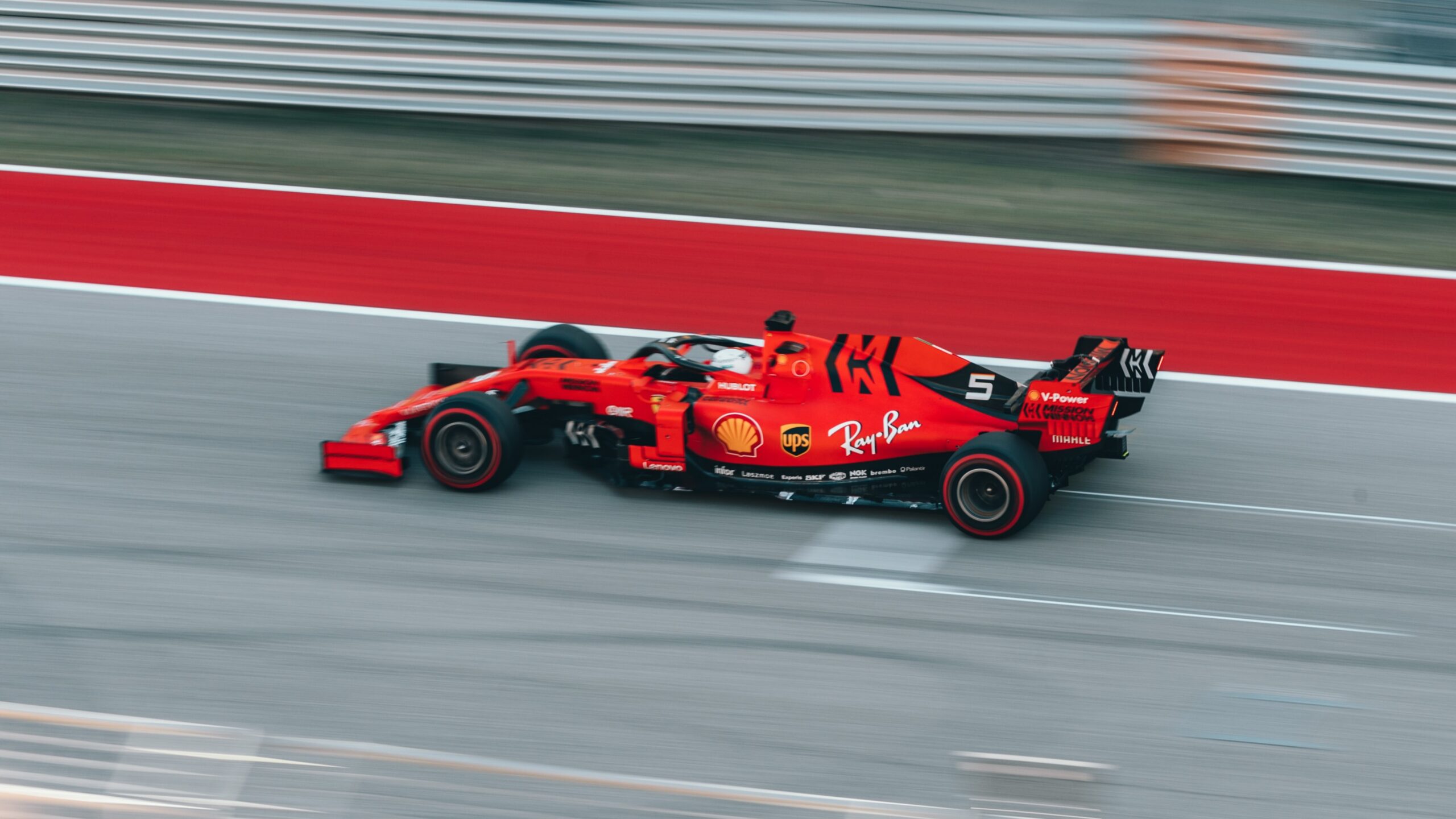The challenges and opportunities that brands face when collaborating with the music industry
05 June 2023

By Josh Phillips | Account Director
Account Director Josh Phillips has written about the challenges and opportunities that brands face when collaborating with the music industry in this piece for Music Week.
Music has long been a focal point for brands and agencies in their marketing activations – a music audience is visceral and loyal, quantifiable and distinguishable – a dream for any brand to work with.
Whether it’s Phil Collins’ music being utilised by Cadbury or Sam Ryder’s recent collaboration with Vodafone, there is a long history of successful campaigns tapping into the music market. But the music industry is dynamic and ever-changing. It’s an industry that famously failed to adapt to technology – when illegal file-sharing hit, it was a scramble to adapt.
Nowadays, repertoire owners have lucrative deals in place with the very platforms that they thought would bring the demise of paid music consumption.
2023 is going to be a key year for the music industry and should see us shift our perception of what the industry is and how it works. We need to rethink our perception of what a record label is and does. Whilst traditional record labels still exist, most now have tech at the centre of their strategies, fully integrated throughout every facet of their business, operating with a determined mentality to ensure the mistakes of the file sharing era are never repeated.
The social media boom of Instagram Reels and TikTok offer new ways to engage with music. Meanwhile, Silicon Valley start-ups offer innovative and agile possibilities to the consumer experience, from hologram concerts to the metaverse.
Brands need to tap into these opportunities to get the most value and impact from their spend, across channels, that will ultimately provide the best ROI. Alongside this, brands also need to be aware of a paradigm shift in the industry – the era of the “superstar” is over, and we welcome the age of the “underground superstar”.
Ten years ago, Warner Music‘s Top 5 superstars generated 15% of its revenue. Today, that number is down to just 5%. It’s a trend that is being seen across the industry as more and more music becomes available across different channels and content streams. Catalogue (a definition that varies between labels) makes up larger percentages of revenue across all the major record labels than frontline (new music) does.
“It’s time to consider approaching artist collaborations the way most A&R departments do: spread your options and be proactive”
Josh Phillips
It’s important to note that you don’t need the multiple album releases that the Rolling Stones have to be a successful music artist anymore; one viral hit is all it takes, with lower barriers to entry also clearly having an influence. Take Nathan Evans, the famous sea-shanty singing postman as a prime example, who raked in more than £450,000, after posting his version of the 19th century whaling song Wellerman on TikTok.
Previously, any artist would need the backing of a label, their A&R facilities, marketing budgets, production capability and expertise to even have anyone hear their music – those barriers simply do not exist anymore. More than 100,000 songs a day are being added to streaming platforms – a record breaking statistic. Why would an artist need to sign a three-album deal with a major label when you can upload a track to Spotify or create a TikTok video? They can reach the Gen-Z demographic without compromising their existing career and respective earnings.
The reason terminology like artists “blowing up” still exists is because it is accurate – these are firework moments, where success comes quickly and emphatically to all involved. With TikTok making it easier than ever to enable this, brands should be savvy and ahead of the curve as much as possible. Whether that is collaborating directly with artists and labels, keeping a key eye on release schedules and appearances, or simply taking a punt on an artist or artists.
A brand that has done this well, moving away from Lily Allen and The Beatles, to leverage and champion up and coming artists is John Lewis. Its most recent iconic Christmas ads have featured fresh talent such as Lola Young, a South London singer-songwriter, and New York based rotating musical collective Postmodern Jukebox.
In 2023, will the traditional “superstar” artists continue to be a relevant value exchange for certain brands? Of course, they will. Dua Lipa and Miley Cyrus will continue to work with luxury brands, a sector famously unaffected by national mood and a cost-of-living crisis. But for everyone else, it’s time to consider approaching artist collaborations the way most A&R departments do: spread your options and be proactive.
This thinking, coupled with an understanding that record labels are now working in some ways exactly like tech businesses, can help brands create big moments in music with “underground superstars”, rather than retrospectively capitalise on them.
THOUGHT LEADERSHIP – Continue Reading


